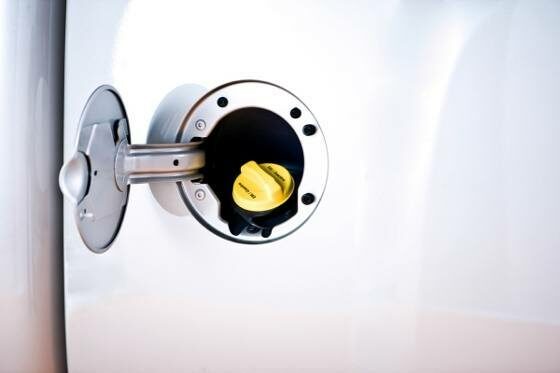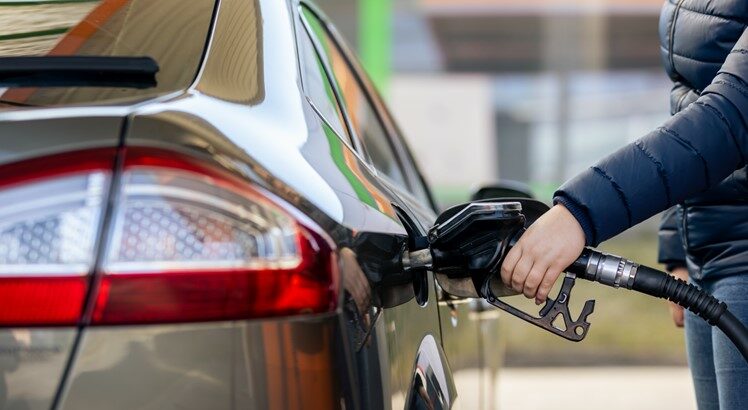
 Planning a road trip this summer? Depending on how gas prices shake out in the next couple months, that drive might cost more than you expected. When gas prices change drastically in a short time, you’re often left wondering who exactly controls the cost of gas.
Planning a road trip this summer? Depending on how gas prices shake out in the next couple months, that drive might cost more than you expected. When gas prices change drastically in a short time, you’re often left wondering who exactly controls the cost of gas.
Here are a few of the global and local forces that come together to determine what you pay to fill up your tank.
Supply
The first and second factors come straight out of Economics 101. Most crude oil that’s refined into gasoline is produced and sold by Oil Producing Exporting Countries, or OPEC. The amount of crude oil that OPEC puts onto the market plays a large part in determining the price of a gallon of gas.
Demand
The need for gasoline both across the world and in the United States is another major factor that determines what you pay at the pump. This is part of the reason why gas prices go up during peak travel times.
Infrastructure
When Hurricane Katrina hit the Gulf Coast, refining facilities and distribution networks were impaired or completely shut down. When the supply chain is interrupted, it can have a significant effect on gas prices.
Value of the dollar
On the international market, oil is traded in U.S. dollars. When the value of the dollar falls compared to other currencies, OPEC loses money on each barrel of oil they sell, and raise the price to compensate.
The market
Oil is bought and sold in contracts between refineries, dealers and oil companies. The contract market, as well as the spot and futures markets, can normalize the cost of gasoline when supply and demand fluctuate.
Read more about why gas prices to fluctuate, and check out our gas prices infographic, which shows how gas prices and the cost of common items have changed in the last 50 years.



